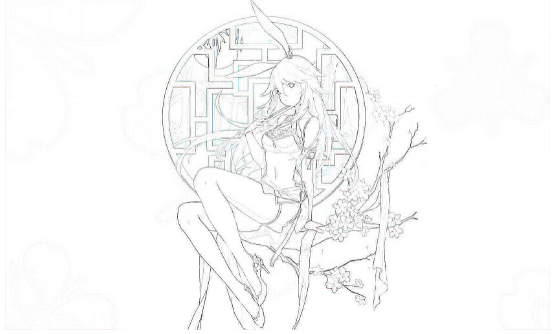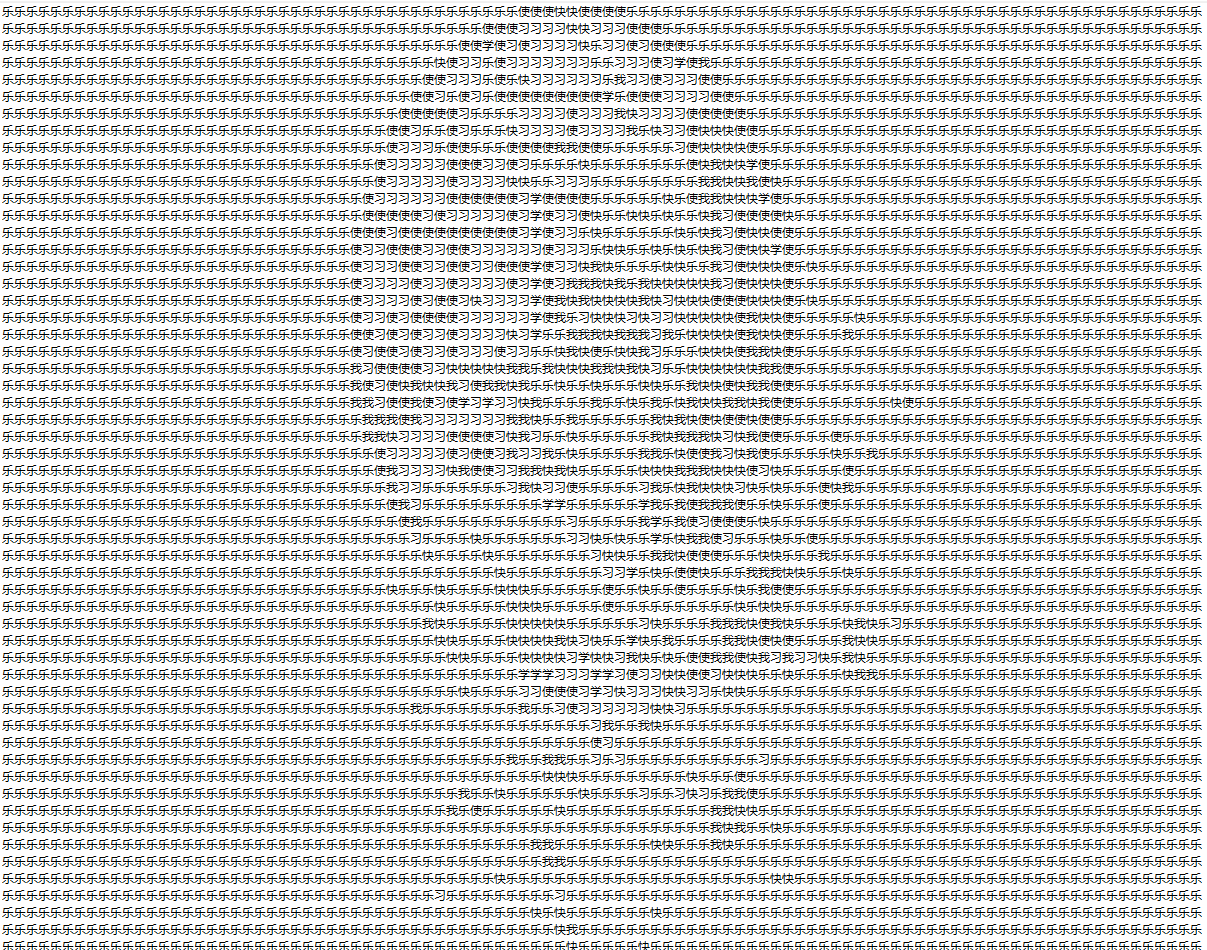PIL library overview
The PIL library is an excellent third-party library for Python. It needs to be installed via pip:
pip install pillow
The PIL library supports image storage, display, and processing. It can process almost all picture formats, and can complete operations such as zooming, cropping, superimposing, and adding lines, images, and text to the image.
PIL library Image class analysis
In PIL, any image file can use the Image object to represent the image reading and creating methods of the Image class:
Image.open (filename) # according to the parameters load image files Image.new (the MODE, size, Color) # according to create a new image of a given parameter Image.open (StringIO.StringIO (Buffer)) # acquire images from a string Image.frombytes (MODE, size, Data) # creates an image according to the pixel Data Image.verify () # image file integrity check returns an exception
The Image class has 4 common attributes for processing pictures:
Image.Format # logo image format or source, if the image is not read from a file, the value is None Image.mode # color mode image, "L" grayscale image, "RGB" true color images, "CMYK" Publishing image Image .size # image width and height in pixels (PX), the return value is the two tuple (tuple) Image.palette # palette property, a return type ImagePalette
There are three conversion and saving methods for Image pictures:
The Image.Save (filename, format) # Save the image as filename file name, format is the picture format Image.convert (the MODE) # using different parameters, convert the image into a new mode Image.thumbnail (size) # create shrink image Thumbnail, size is a binary tuple of thumbnail size
Image class image zoom and rotation methods:
Image.resize (size) #Resize the image according to size, generate a copy Image.rotate (angle) #rotate the image by angle, generate a copy
The Image class can operate on each pixel or each channel of an RGB image separately. The split () method can extract each color channel of the RGB image, and the merge () method can synthesize each independent channel into a new one. image:
Image.point (func) # calculates each element according to the function func function, returns a copy of the image Image.split () # extract each color channel of the RGB image, an image copy of the return Image.merge (MODE, bands Scrap) # combined channel , Using mode color, bands is the color channel of the new color Image.blend (im1, im2, alpha)
Image.blend (im1, im2, alpha) interpolates the two images im1 and im2 according to the following formula to generate a new image: im1 * (1.0-alpha) + im2 * alpha
The ImageFilter and ImageEnhance classes of the PIL library provide methods for filtering and enhancing images, a total of 10 types:
ImageFilter.BLUR # blur images ImageFilter.CONTOUR # contour effect of the image ImageFilter.DETAIL # details of the image effect ImageFilter.EDGE_ENHANCE # border of the image to enhance the effect ImageFilter.EDGE_ENHANCE_MORE # image threshold boundary strengthening effect ImageFilter.EMBOSS # image of relief effect ImageFilter.FIND_EDGES # boundary effect of the image ImageFilter.SMOOTH # smoothing effect of an image ImageFilter.SMOOTH_MORE # threshold image smoothing effect ImageFilter.SHARPEN # sharpening image
The ImageEnhance class provides more advanced image enhancement requirements. It provides functions such as adjusting color, brightness, contrast, and sharpening:
ImageEnhance.enhance (factor) # value of the selected property enhancement factor times ImageEnhance.Color (IM) # adjust image color balance ImageEnhance.Contrast (IM) # adjust the contrast of image ImageEnhance.Brightness (IM) # Adjusting the brightness ImageEnhance (IM) .Sharpness # to adjust image sharpness
Get thumbnail

from PIL import Image im = Image.open("C:\\bachongying.jpg") im.thumbnail((128,128)) im.save('1bachongying.jpg')

Get picture outline
from PIL import Image from PIL import ImageFilter im = Image.open("C:\\bachongying.jpg") om = im.filter (ImageFilter.CONTOUR) om.save ( ' bachongying2.jpg ' )

Picture embossed
from PIL import Image from PIL import ImageFilter im = Image.open("C:\\bachongying.jpg") about = im.filter (ImageFilter.EMBOSS) om.save ( ' bachongying3.jpg ' )

Make a Chinese character painting

from PIL import Image ascii_char = list ( ' Learning makes me happy ' ) def get_char (r, b, g, alpha = 256 ): if alpha == 0: return ' ' gray = int (0.2126 * r + 0.7152 * g + 0.0722 * b) unit = 256 / len(ascii_char) return ascii_char[int(gray//unit)] def main(): im = Image.open('C:\\bachongying.jpg') WIDTH, HEIGHT = 100, 60 im = im.resize((WIDTH, HEIGHT)) txt = "" for i in range(HEIGHT): for j in range(WIDTH): txt += get_char(*im.getpixel((j, i))) txt += '\n' fo = open("pic_char.txt","w") fo.write(txt) fo.close() main()
